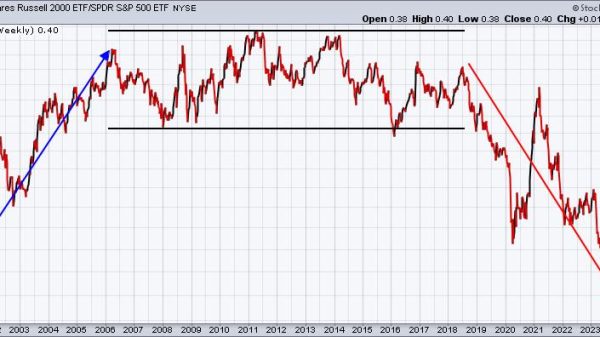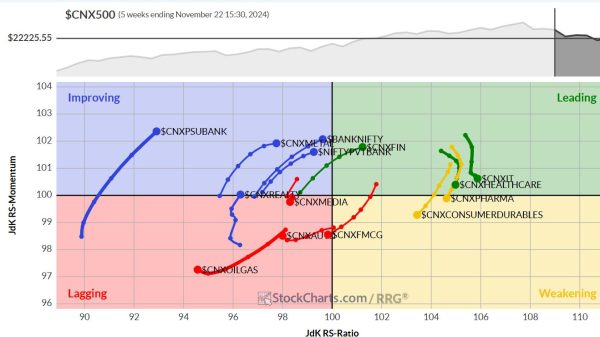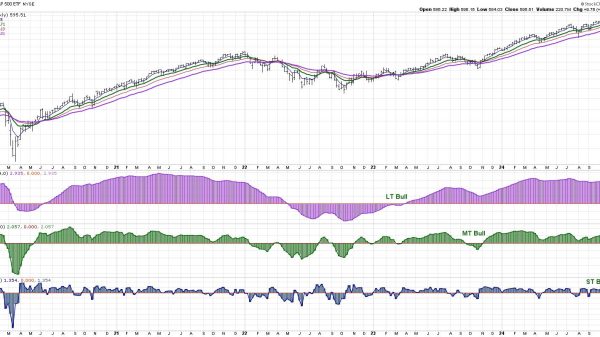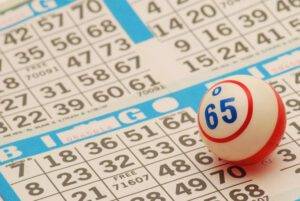Like a lot of other casino classics, Bingo has been around for a pretty long time. The first game of what would eventually become Bingo was played centuries ago in Italy.
Over all that time the game has adapted and evolved into the form we all recognise today. However, there are actually two major variations that dominate the Bingo halls on either side of the Atlantic.
Both are still very popular with players in Bingo rooms around the world today, but what is it that sets these two formats apart from each other?
90-ball Bingo
In terms of overall player count and popularity, 90-ball Bingo is the more dominant of the two. This is the format most familiar to those in the UK, and the Commonwealth too!
As the name suggests, there are 90 numbers in play in this version of Bingo – the highest ball count you’ll generally find on offer.
It’s here that you’ll find Bingo lingo in use, with each of the 90 balls having its own special phrase which the caller will shout.
From ‘Kelly’s eye’ to ‘top of the shop’, Bingo halls around the UK have echoed with the call and response of each ball being pulled.
A larger pool of numbers naturally means a larger Bingo card, with most coming in strips of six that will feature every number once.
The 9×3 grid is a distinct feature of the 90-ball game, and players will commonly fill out numbers across a strip in their quest to complete lines.
Unlike some versions of Bingo, the only lines that count here are the longer horizontal rows. So, it’s a race to see who can fill out first one row, then two and then all three to get a full house.
75-ball Bingo
While the US is generally known for going bigger, when it comes to Bingo, they actually prefer the lower number.
When the game first made the trip across the Atlantic it ended up losing a few numbers, with Americans preferring to cut it down from 90 to 75.
This resulted in a slightly faster-paced game, with players more likely to hear their next number called sooner rather than later.
The US Bingo card is a pretty familiar sight, with the 5×5 grid being so easy to adapt to other versions of the game.
Unlike its continental cousin, in 75-ball Bingo players can mark off a line horizontally, vertically or diagonally thanks to the symmetrical pattern of the grid.
Thanks to this you can also win by getting certain patterns that will be shown at the start of a game, with ‘X’ being a common one.
When it comes down to it, both 90-ball and 75-ball Bingo are still very much the same game we all know and love.
At the end of the day, it’s simply a matter of preference of which of the two you prefer to play and you’re sure to find plenty of games on offer either way.
Read more:
75 or 90 ball? Comparing the classic Bingo formats























